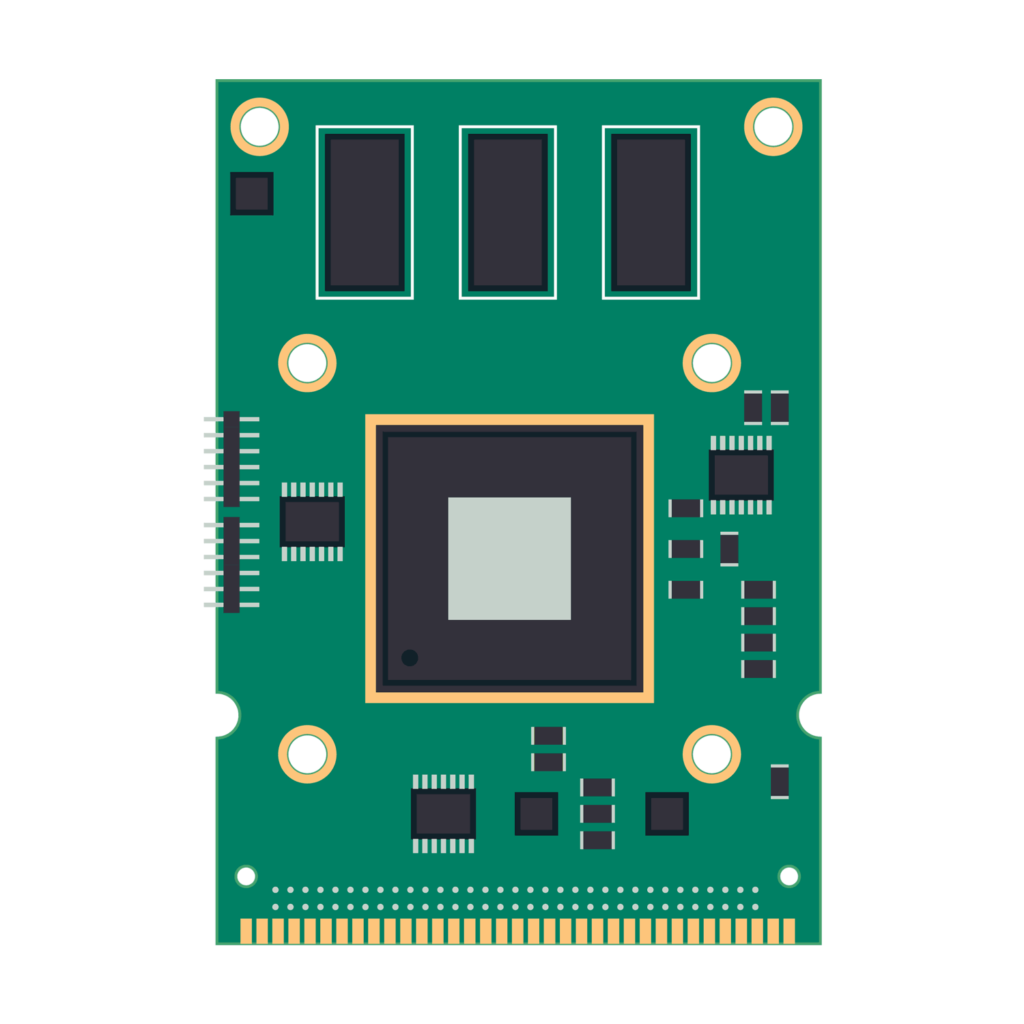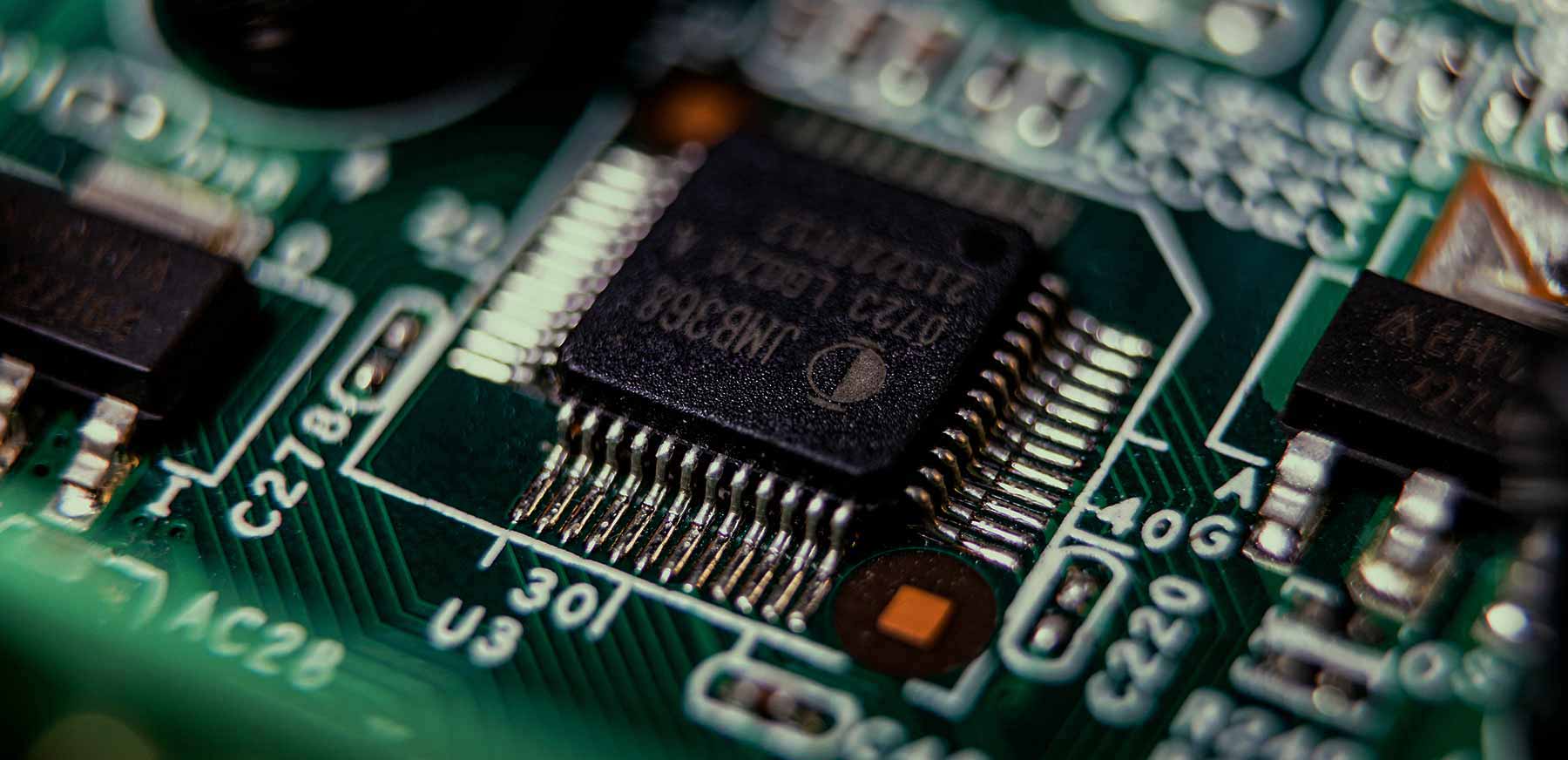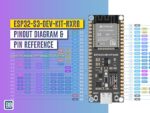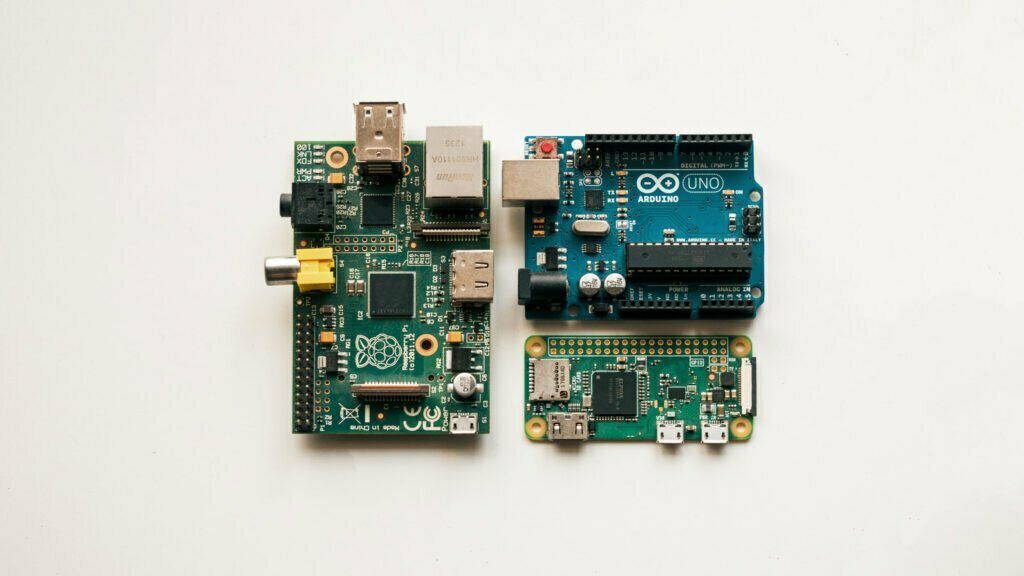
Photo by Harrison Broadbent
What is Embedded System Design?
Embedded system design involves the use of Microprocessor/Microcontroller/FPGA or other programmable logic device based hardware coupled with embedded firmware to implement custom solutions. Such a design can integrate many sensors, actuators, input-output devices and communication interfaces. The firmware can be upgraded by various methods once deployed. The design team requires extensive knowledge and experience to understand the problem statement and design the most efficient and cost-effective solution. The general steps involved in an embedded system design are,
1. Circuit Design and Simulation
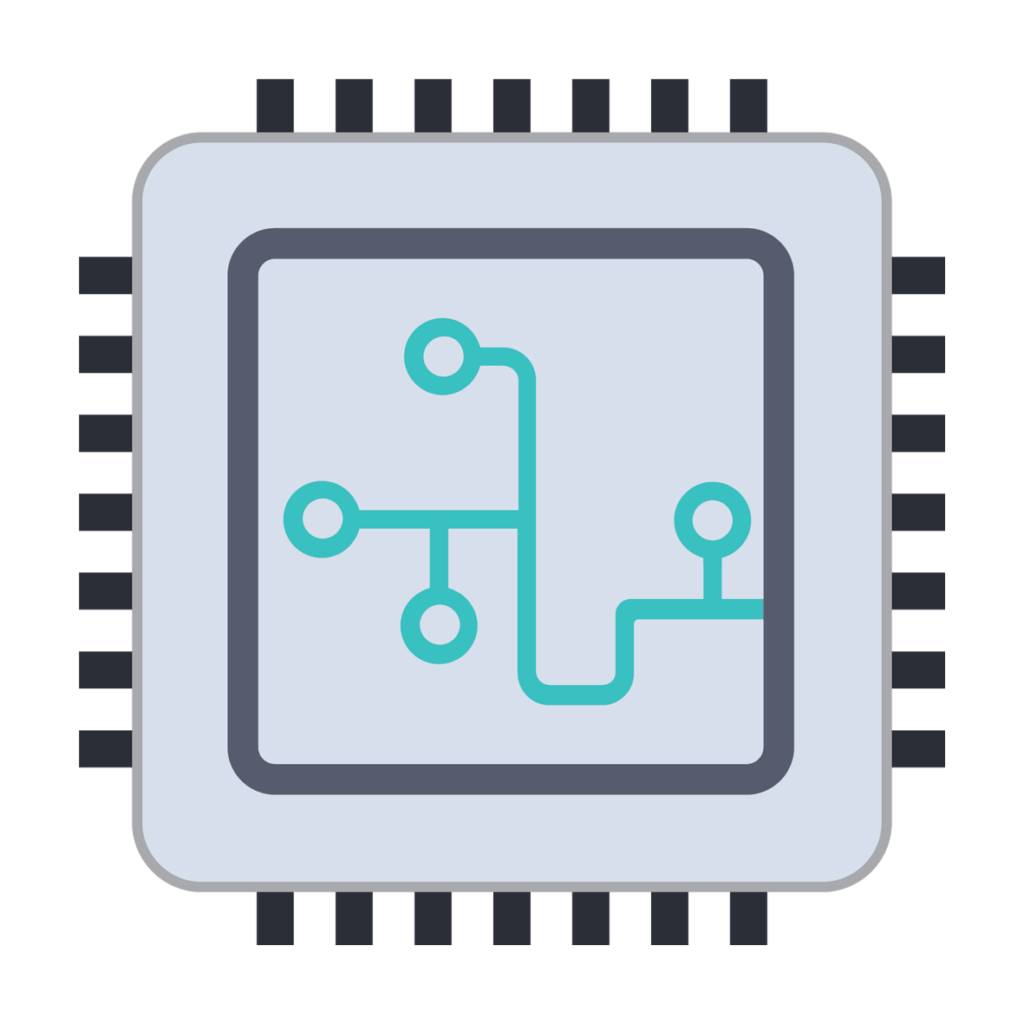
Here the actual problem statement is broken down into smaller pieces or features and suitable circuits are designed and simulated using various softwares. The simulation can be purely based on ideal conditions or involve practical constraints. The process will yield the safe working parameters and give insight into the worst-case operating conditions. This step essentially tests whether the design is practically feasible or not. Not all the parts of the design may be testable in this way. Such features have to be tested by designing a prototype.
2. Hardware Prototype

If the simulation is found feasible, an actual hardware can be set up. Suitable components have to be selected at this point. Even though the cost of the components does not matter much at the stage, it is always a good practice to choose the lowest cost and high availability parts. But cost should not be traded for required performance. With the help of any EDA suite, the schematic and prototype PCB can be designed for the evaluation of the primary design. The PCB can then be fabricated at a professional fab-house or lab-made using CNC milling etc. Components can be then assembled on the board and and various tests can be performed.
3. Software Development
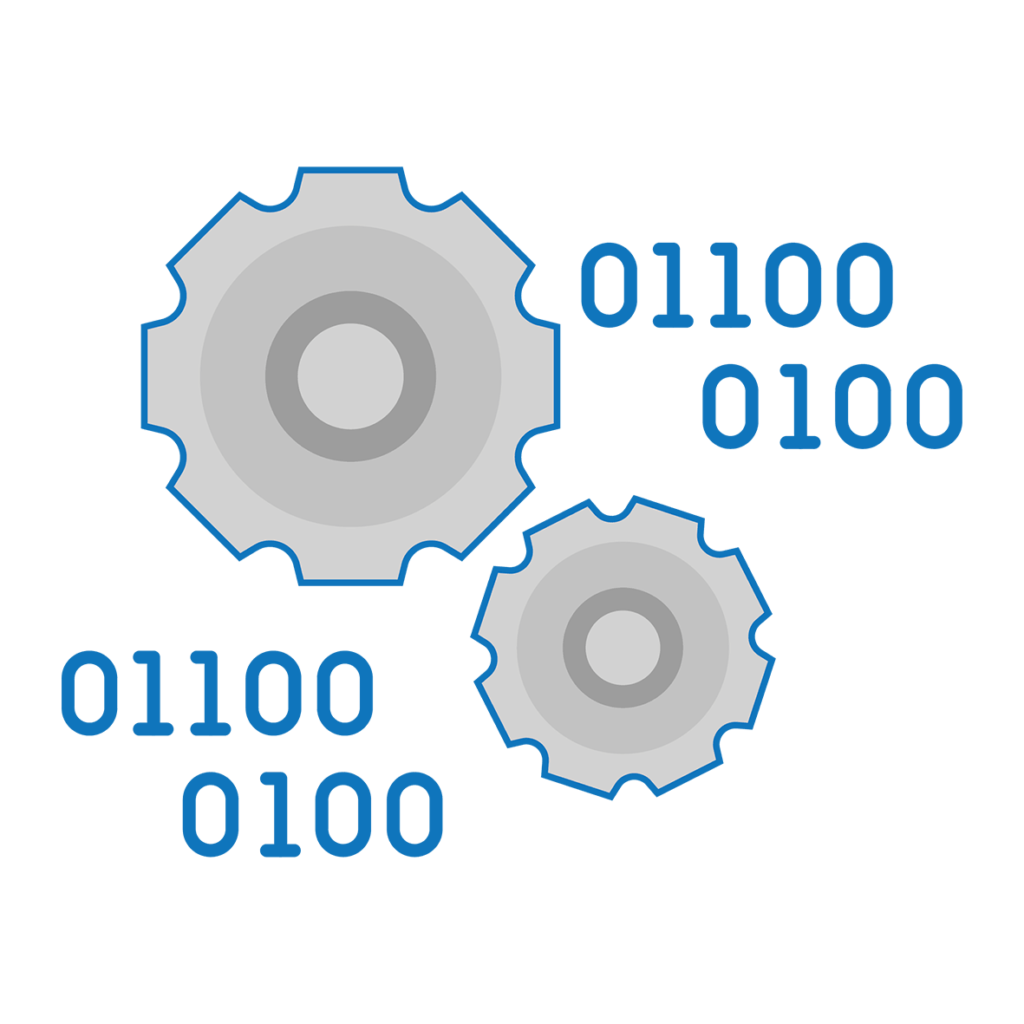
Programmable devices require software to work. Software uploaded into an embedded device is called a firmware, since it is designed to run with few or no further updates. For this reason, the firmware has to be tested extensively before shipping. The test will detect problems in the software, either logical or grammatical (human made), and are called bugs. A variety of software development suites and methods are used to fix and track the bugs. Once the software is free from known bugs, it can be uploaded to the main controller.
4. Production-Ready Design
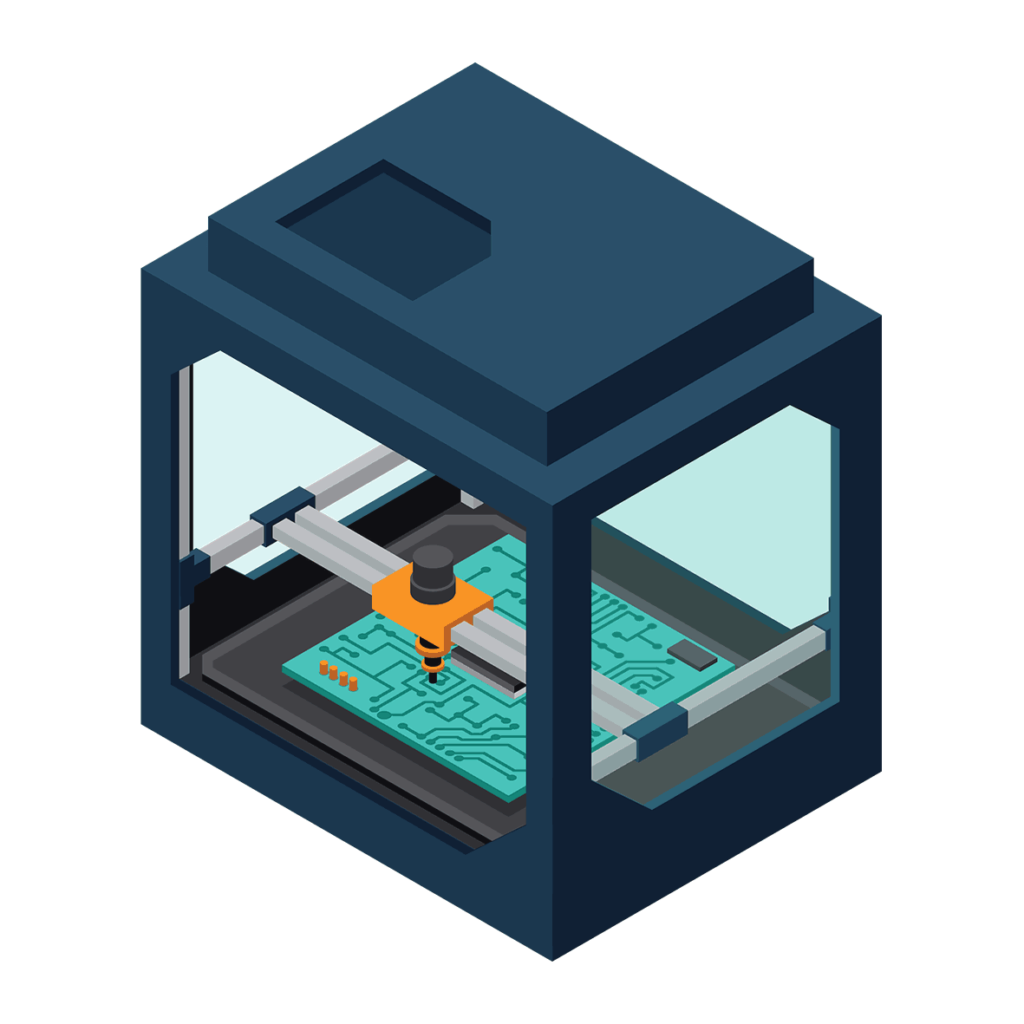
Once the prototype has been tested and all known bugs are fixed, the design can be optimized for size, cost and manufacturing. If any feature was redundant or not working during the evaluation phase, they can be removed from the design. Removing features can also be done to reduce cost. The form-factor may be designed to fit inside a new or existing product enclosure. Production files can be generated for automated fabrication and assembly. The final documentation of the hardware and software will be created and forwarded to the client.
Components of Embedded System
Components of an embedded system can be grouped into three categories – Hardware, Software and Interface. This classification is only for understanding the system based on functions, not a strict design model.
For example, some interface components may be integrated into a microcontroller itself. A microcontroller is a low power and low performance processor with integrated memory, input and output peripherals on the chip. They are used for real-time control applications by reading sensors and user inputs. A Real-time Operating System (RTOS) may be used to handle simultaneous tasks. A microprocessor on the other hand, is a high performance processor capable of fast memory and IO operations. Only cache memory will be present on the chip die. Code and data have to be loaded from external memory chips connected to high speed data buses.
Tell us about your requirement
Get the most cost-optimized and efficient design from us, with quality documentation and support through various stages. We provide our services to all parts of Kerala and India.
